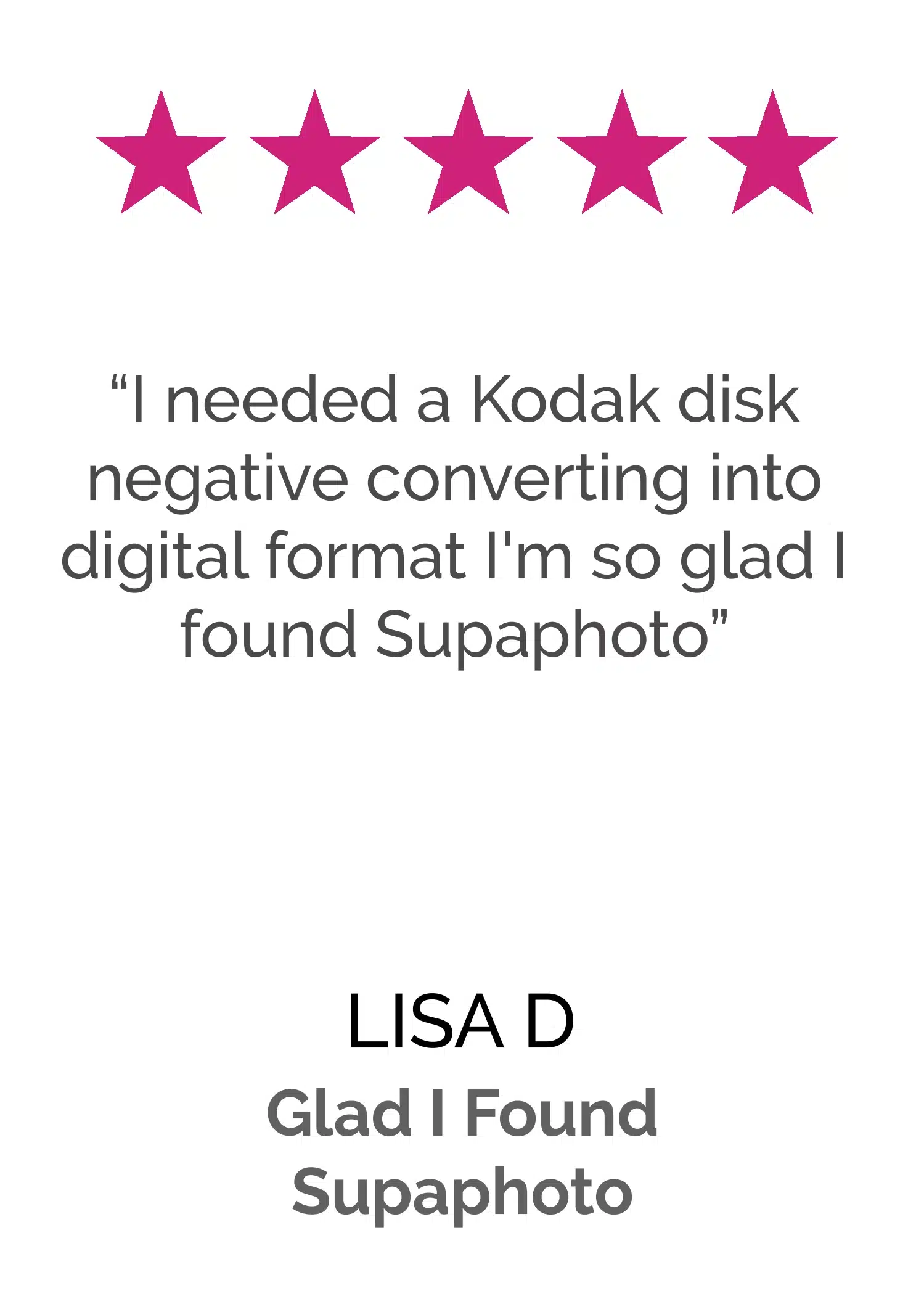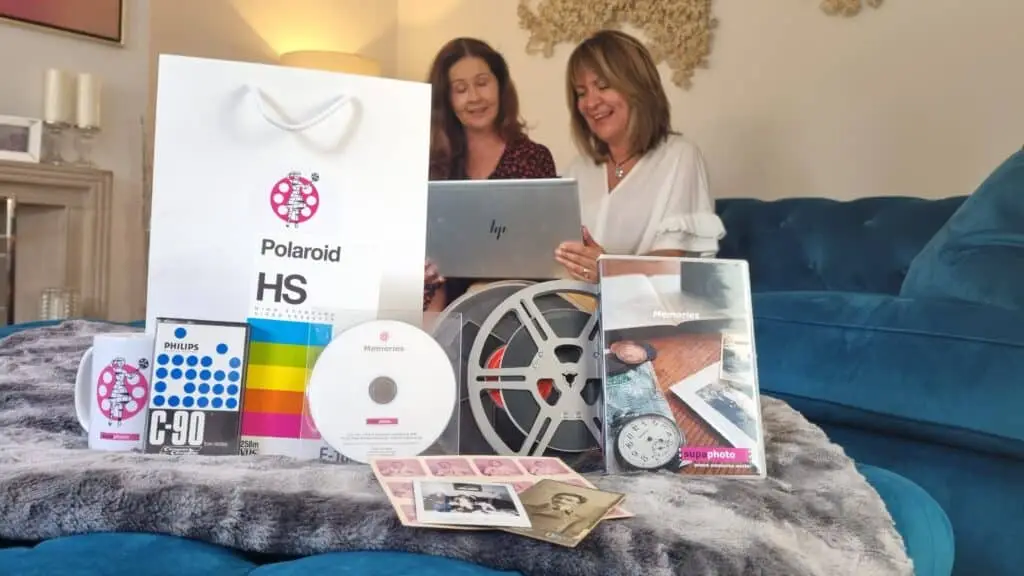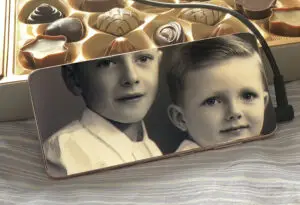
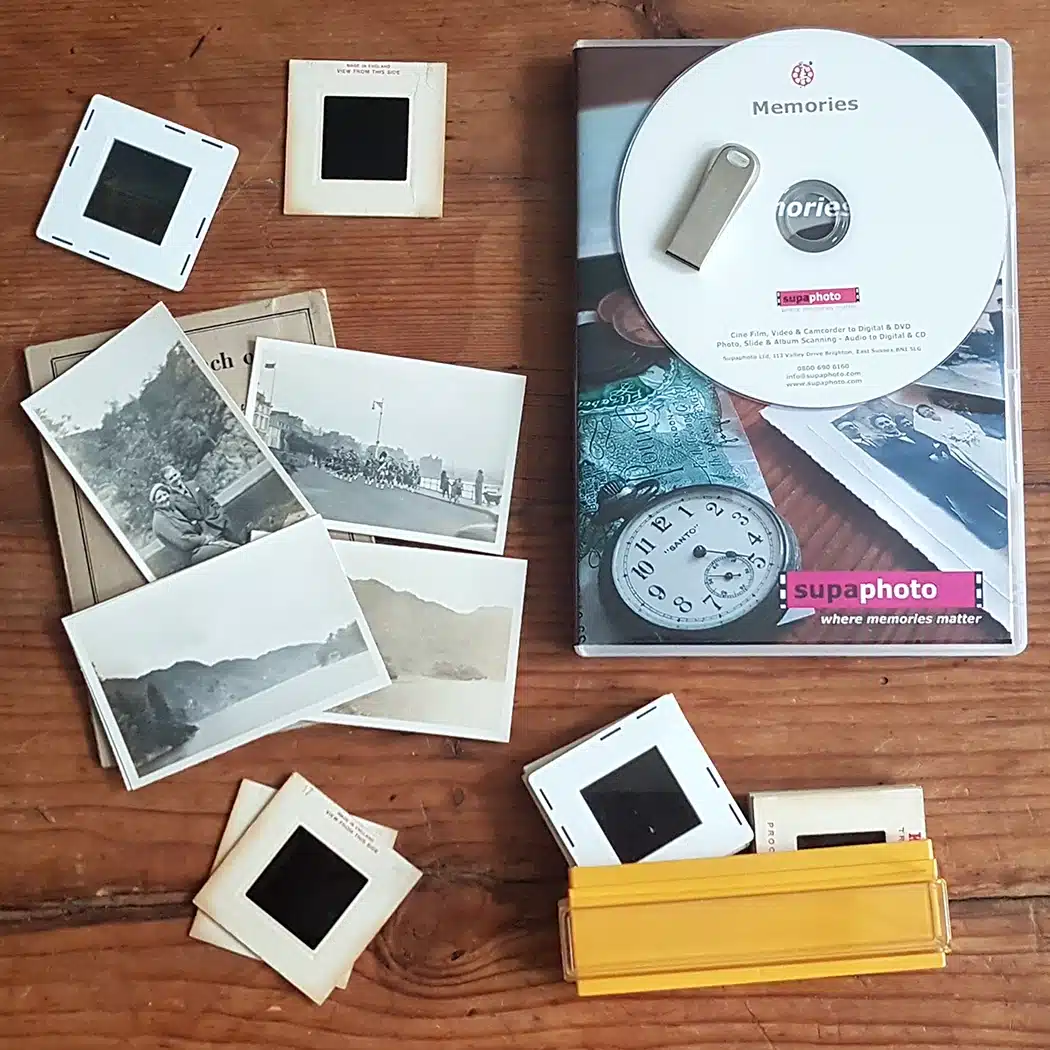
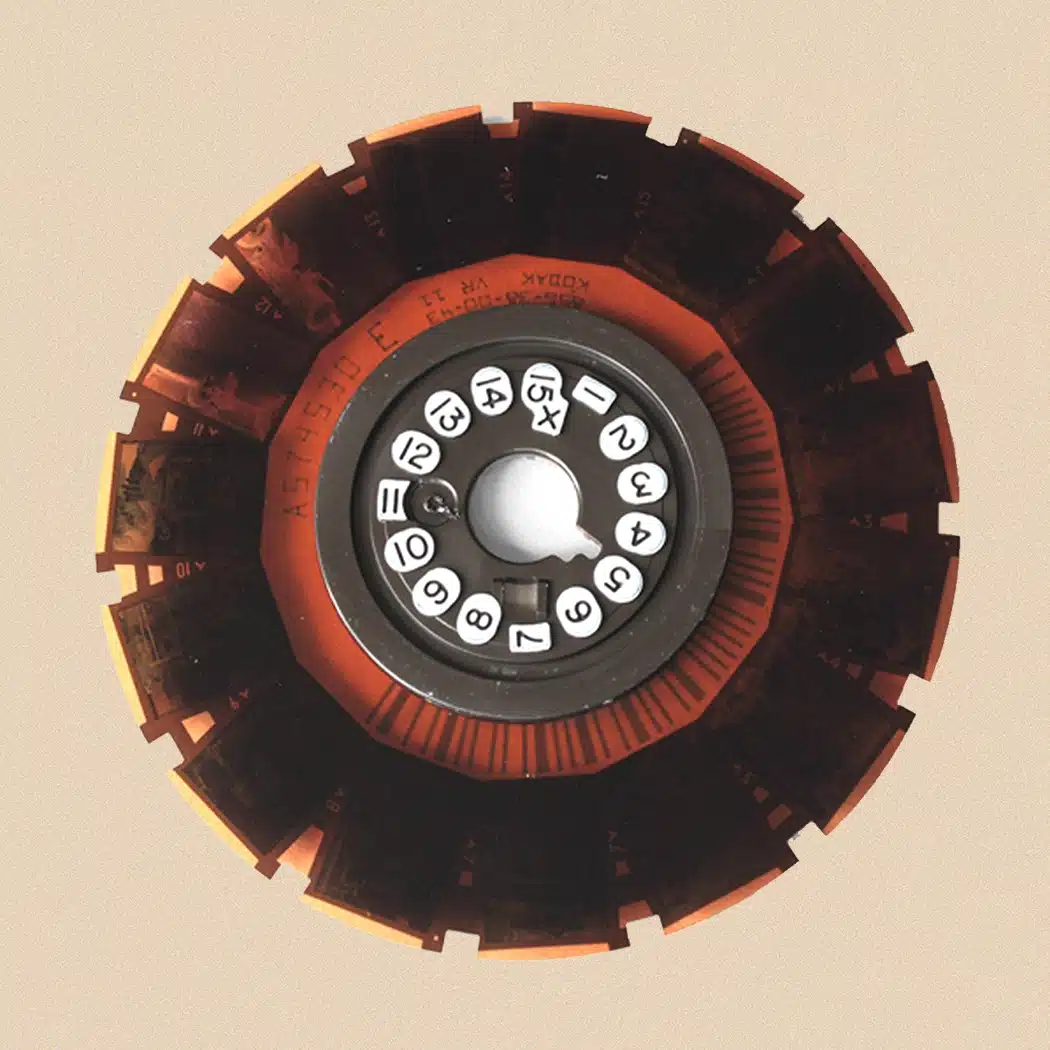
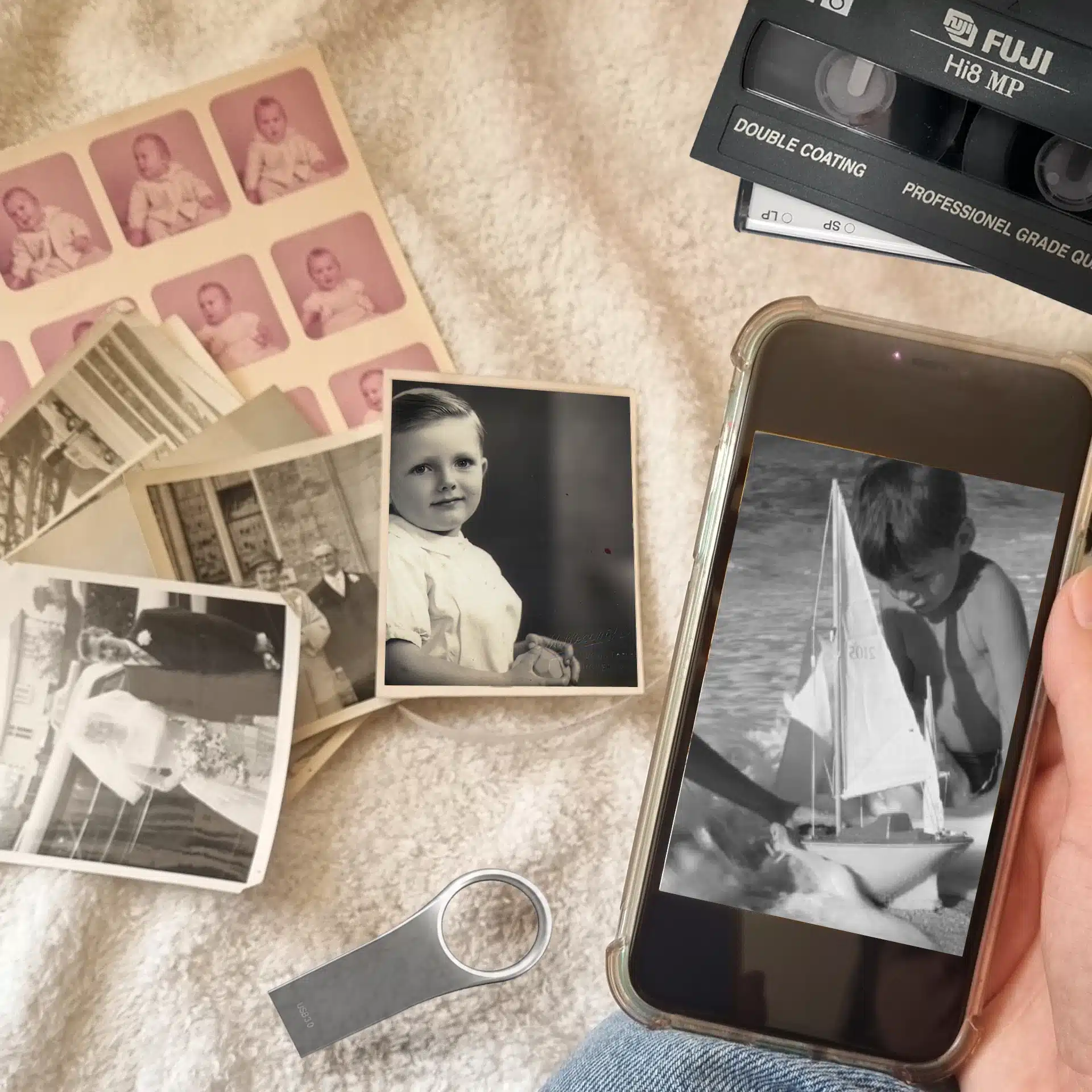
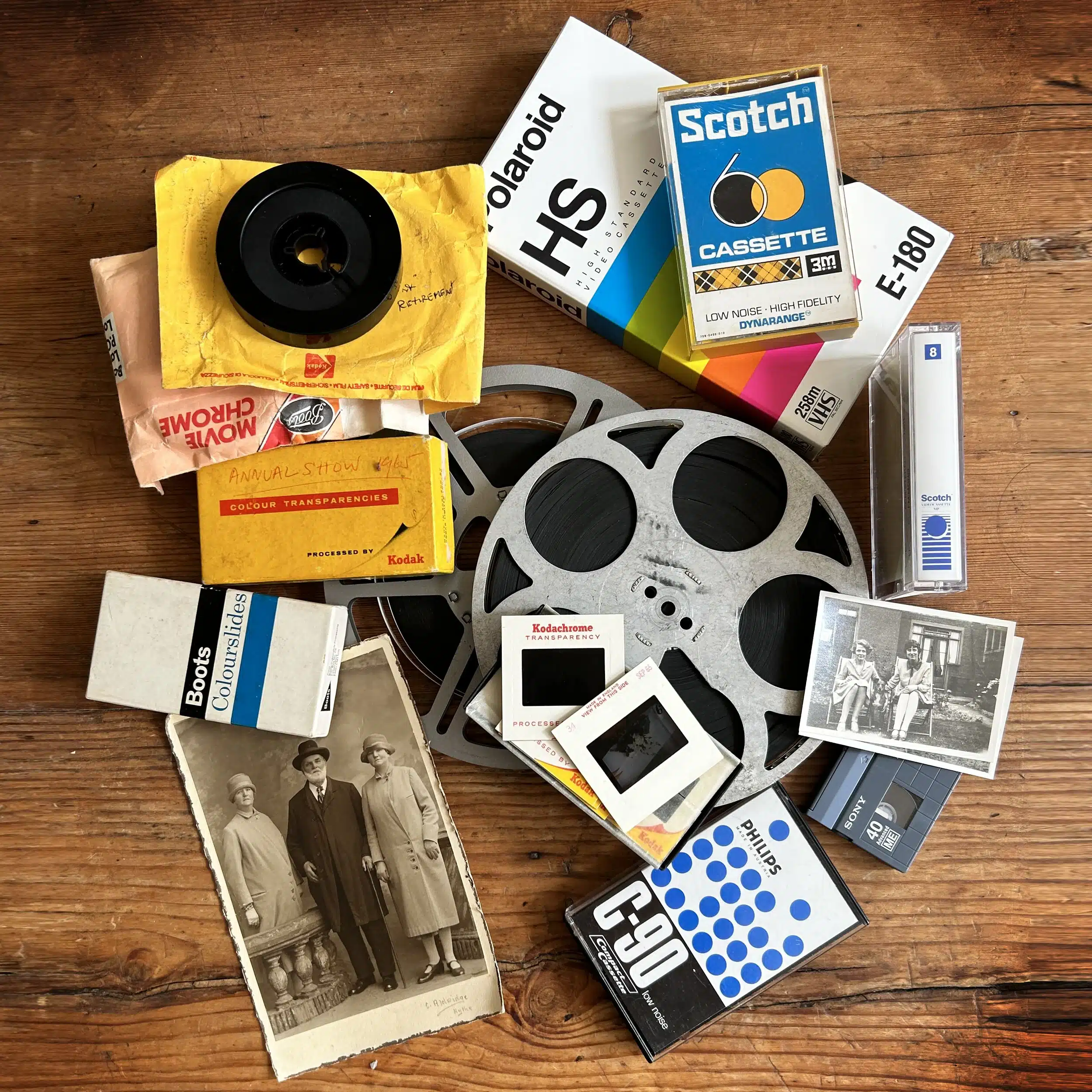
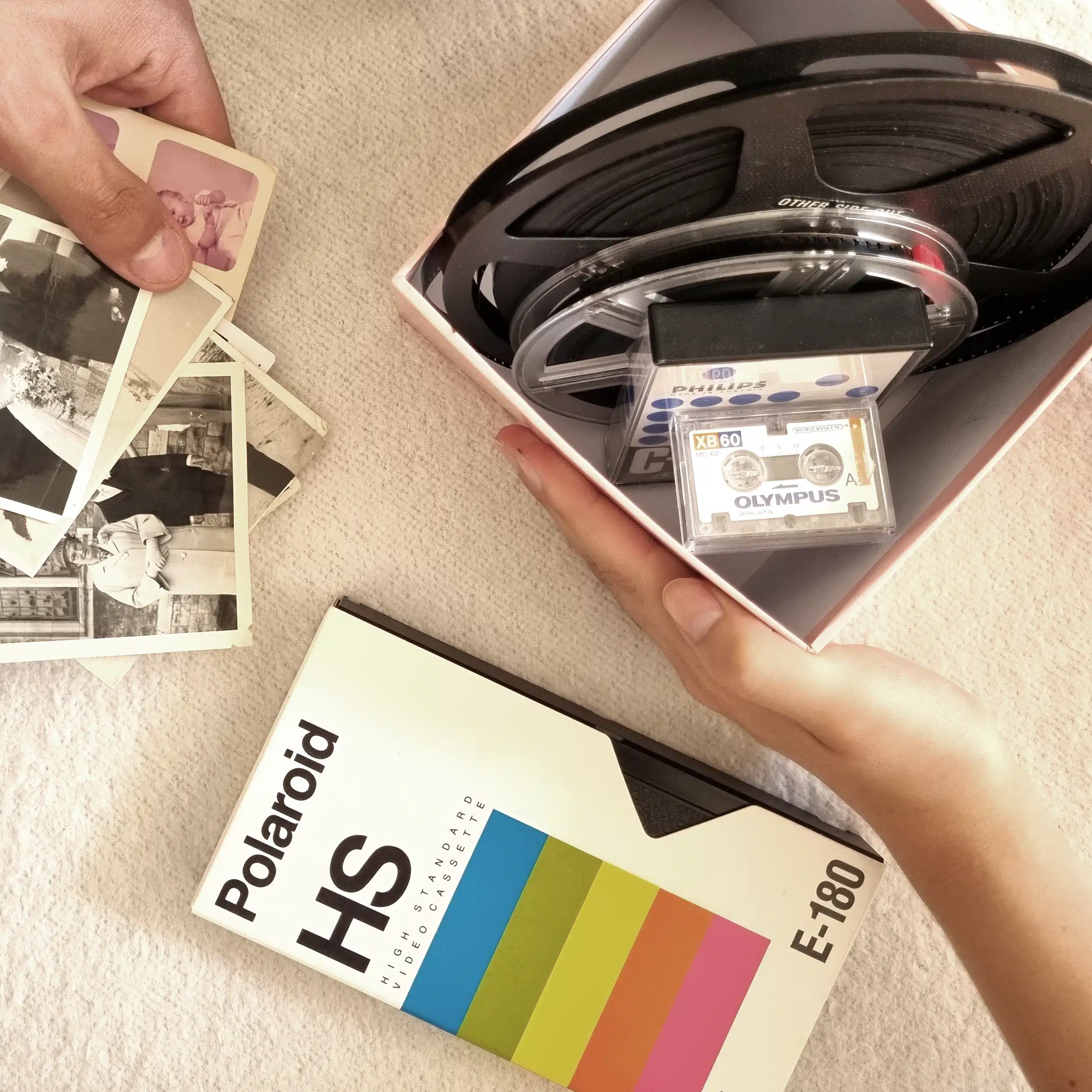
Kodak disc film scanning service by Supaphoto© results in beautifully detailed and clear scans. We love to convert disc camera film to Digital, USB Stick, CD or Download via our Cloud. For more information about disc camera film developing, read on.





Interested in Scanning Kodak Disc Film?
Choose Supaphoto© for disc film developing. If you're looking for a dedicated partner for scanning kodak disc film, then we'll develop and scan in fabulous detail & lovely colours your Kodak negative discs including 4000, VR, HR, Gold, Ektachrome & Royal Disc Film.
Or call us now for some friendly advice
Freephone 0800 690 6160
Ask About Bulk Discounts too.
- Professionally Converted
- EASY Collection & Delivery
- Super Secure Checkout
- peace of mind tracking
- Professionally Converted
- EASY Collection & Delivery
- Super Secure Checkout
- peace of mind tracking
Join the 1000s of People That Have Entrusted Supaphoto With Their Material
Our customers span from private individuals to institutions and TV production companies
EXCELLENTTrustindex verifies that the original source of the review is Google. We have just used supaphoto and it’s been a great quick and simple experience! Our films and video tapes were collected promptly and the team got back to us straight away when they received. We got a broken down price of what everything would cost and explained the stages of the process for us. Great price for what we sent away and very prompt on doing the job and sending stuff back. Would definitely use again and recommend to anyone looking for this service.Trustindex verifies that the original source of the review is Google. Great service and very efficient too! The quality of the films is superb and have not lost any of the quality from the original. Thanks for preserving our memories! Just used Supaphoto again and the service was so good. They really understand the importance of my 'legacy' videos and treat them very carefully. They are great at identifying the most cost effective way to deliver your product and are so quick in their responses. The output? - a beautiful memory box on a stick!Trustindex verifies that the original source of the review is Google. Emile & his team definitely deserve 5stars so helpful & a speedy Gonzales turn around they went above & beyond getting my old camcorder tapes digitalised in time for my husbands 70th surprise thanks so much 🙏Trustindex verifies that the original source of the review is Google. Great quality service. Transformed two VHS tapes (including one affected by mould) to high quality digital files. Would highly recommend.Trustindex verifies that the original source of the review is Google. Gisela and her team took on the daunting challenge of developing a 55-yrs old cine film I’d come across (Kodak 8mm 'Kodachrome II Daylight film') which my grandfather seems to have forgotten to send off for processing back in about 1970. Supaphoto were quick to respond and helpful, explaining the process clearly including their policy of an up-front payment of £120 regardless of successfully processing the film or not. Given the work required that seems fair enough. Although the process took several months (apparently, they had to wait on some chemicals) Supaphoto kept me updated and were always quick to respond to my emails. Eventually they informed me that after several attempts they had been able to recover some images, in spite of the film being in very poor condition. It felt very strange seeing the footage for the first time after so long; like ghosts from the past! Thanks so much Supaphoto for not giving up, dealing with the issues and getting a positive result, I very grateful! MarkTrustindex verifies that the original source of the review is Google. Fast & efficient. Did a superb job on digitisation of 50 years old slides to be used for our Golden Wedding celebrations. We are very pleased with the result! 🥰Trustindex verifies that the original source of the review is Google. Supaphoto copied some camcorder films onto a USB stick for me. They were very quick and professional and the quality is excellent.Trustindex verifies that the original source of the review is Google. Truly excellent service. I had an old minidisc voice recording which Supaphoto quickly converted to digital. Many thanks for the quick service :)Trustindex verifies that the original source of the review is Google. Personal and efficient service from the team! Will definitely be using them in the future with my Home videos.Trustindex verifies that the original source of the review is Google. Great service. Fast and efficient. Will use again.Verified by TrustindexTrustindex verified badge is the Universal Symbol of Trust. Only the greatest companies can get the verified badge who has a review score above 4.5, based on customer reviews over the past 12 months. Read more
Preserve, Share & Enjoy The Supaphoto Way
The best thing you could ever do for your family in three simple steps.
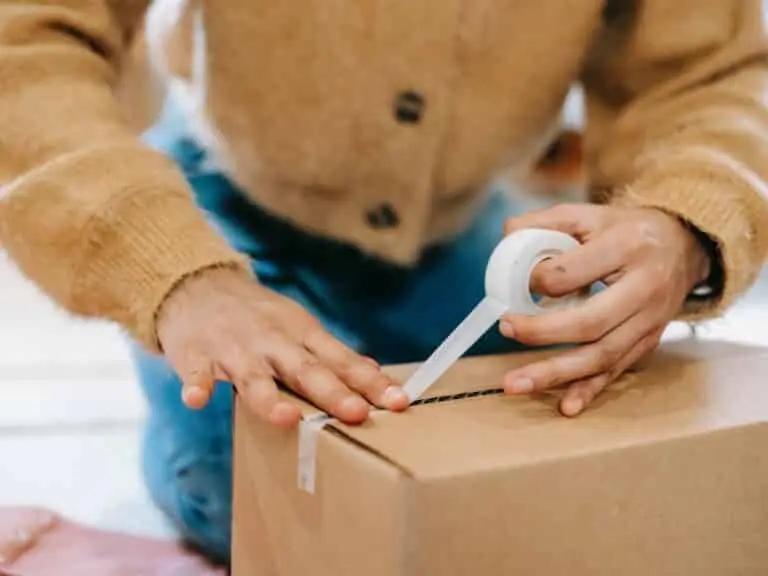
1. Package Up Your Memories
Simply pack your beloved memories and send them to us. Use either our courier collection and return service or send it to us directly. Ask for your step by step welcome pack now.
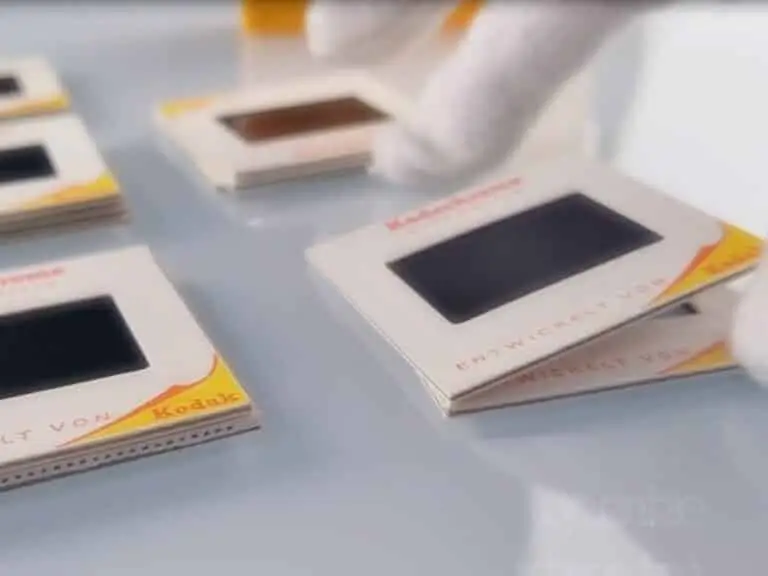
2. Lovingly Converted
We love what we do. Our dedicated team will digitise every item by hand. We’ve saved millions of memories over 20 years. And don’t worry, you’ll get regular updates along the way.

3. Share & Enjoy With Your Family
This is where the magic begins, We’ll return your original media. Once preserved, access them via our easy cloud download service, USB stick or a DVD. Relax and let those memories flood in.
Preserve, Share & Enjoy The Supaphoto Way
The best thing you could ever do for your family in three simple steps.
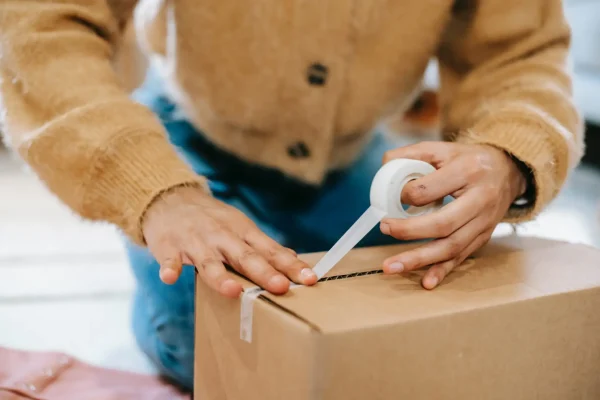
1. Package Up Your Memories
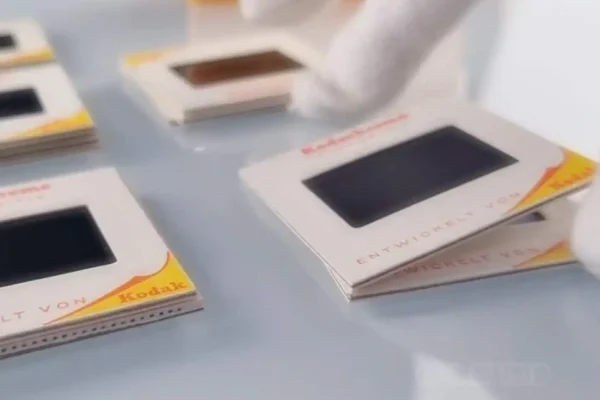
2. Lovingly Converted

3. Share & Enjoy With Your Family
Supaphoto Photo, Album & Slide Scanning Services Film
Not everyone has the time to read lots of words.
That’s why we’re produced this short & simple film which explains what we do in an easy to digest way. It also includes a few photo conversion samples to put your mind at ease.
We hope that you enjoy it!
See also our Prices and FAQs further below.
Our Disc Film Scanning Advantages
Here are just a few of the reasons why people choose Supaphoto for photo, slide & album scanning. You won’t be disappointed.
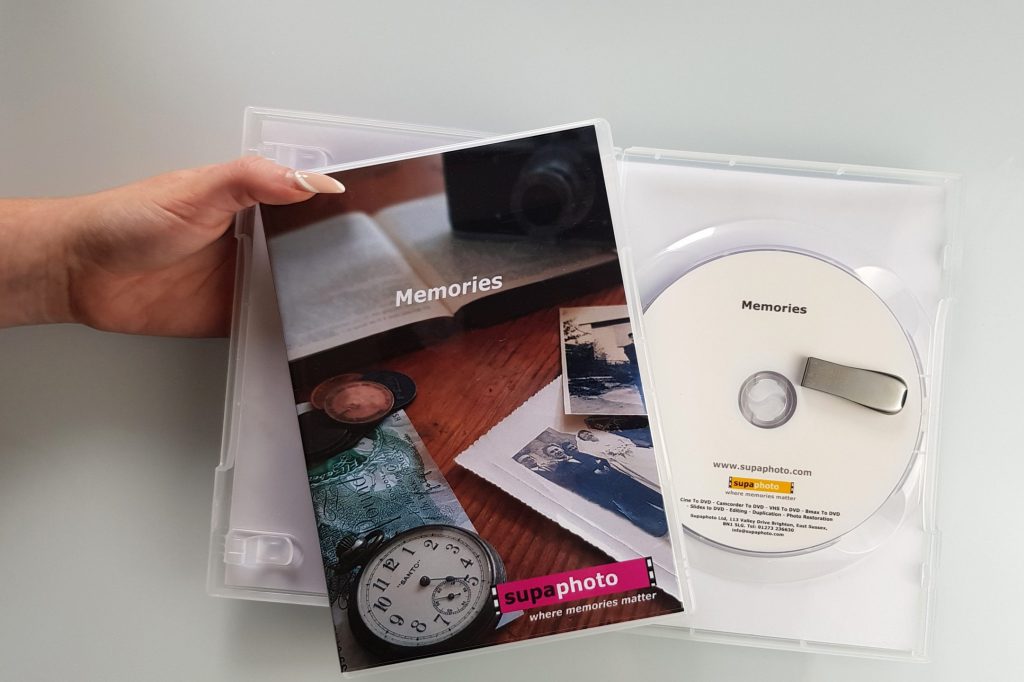
Output & Viewing
Digital file download via Cloud, USB or DVD. Watch on TV, PC, tablet or mobile
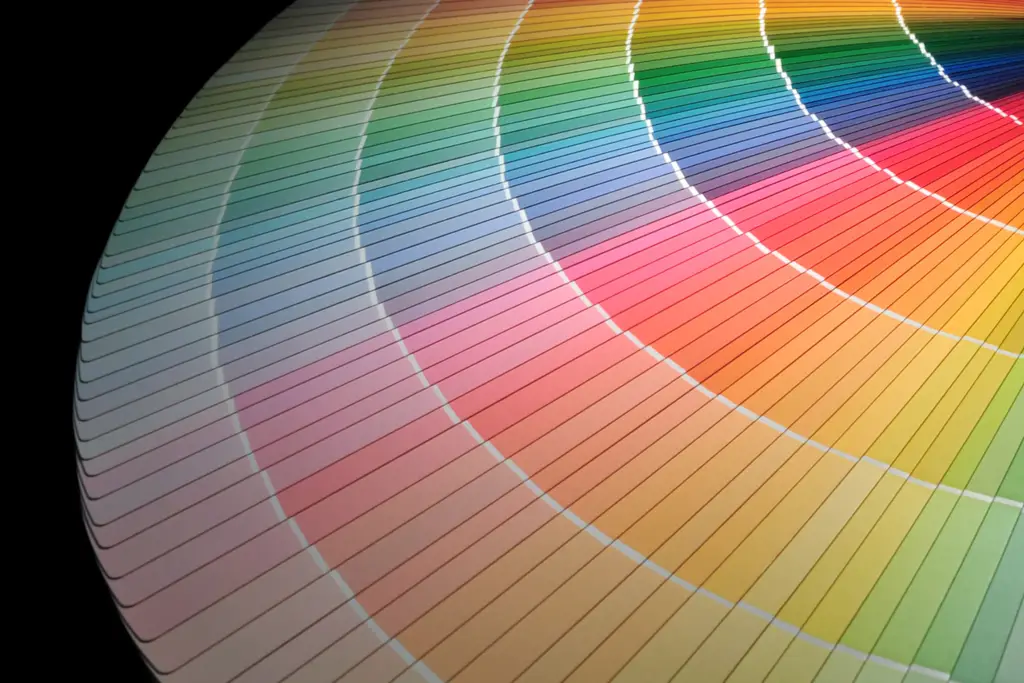
Colour Corrections
Expert colour correction plus advanced service options for more discerning customers
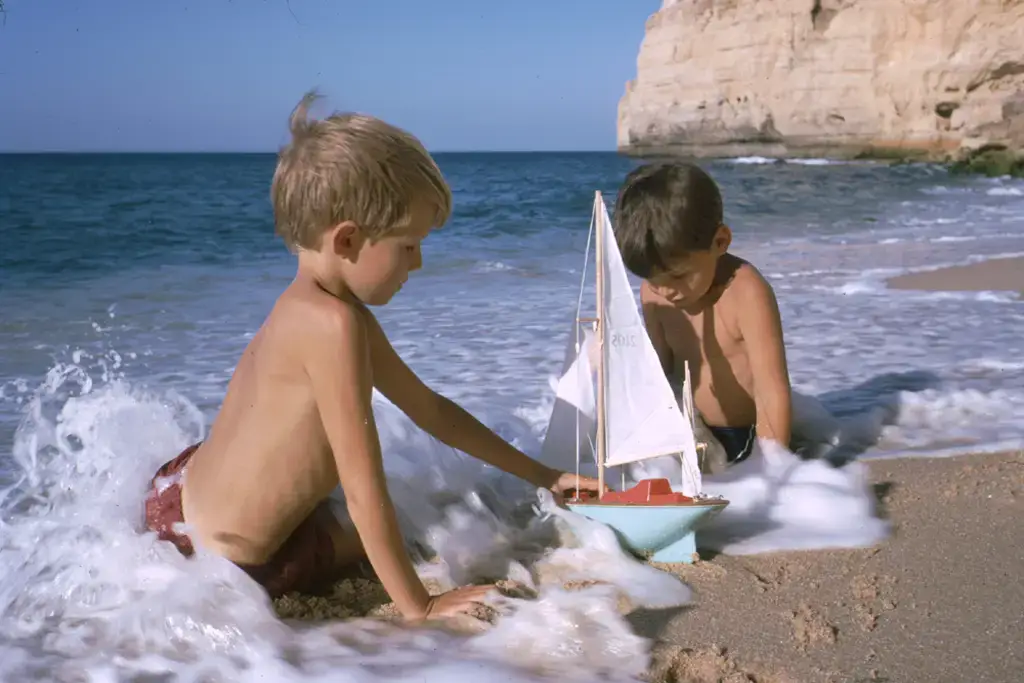
AI Photo Enhancement
Optional AI enhancement and restoration delivers cleaner images whilst remaining faithful
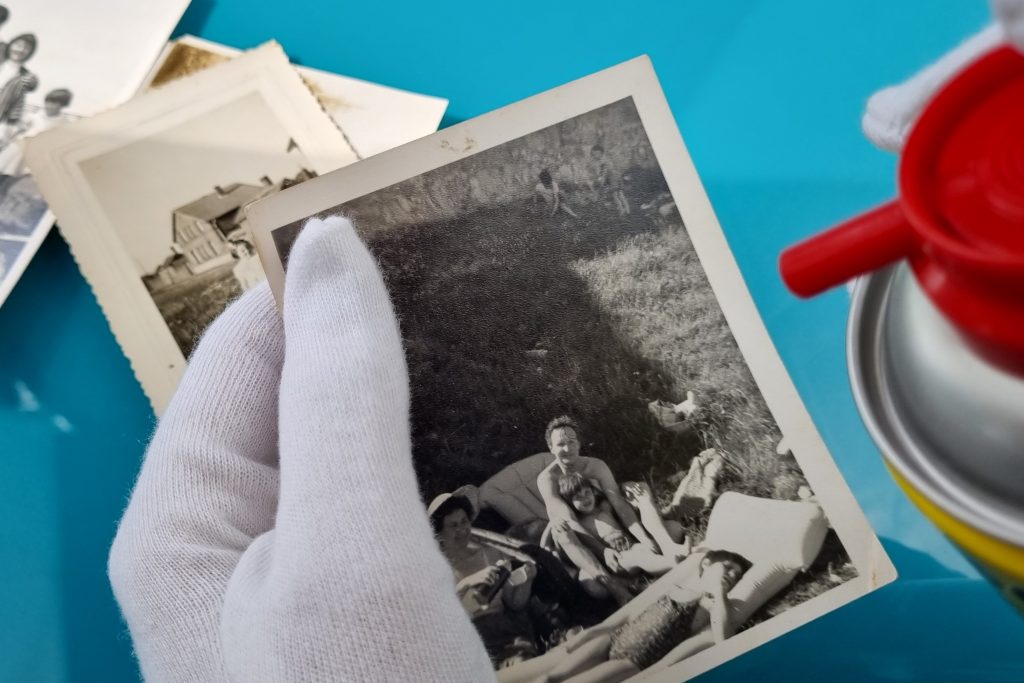
Free Services
Free cropping of images, rotating to correct aspect and pre-scan dusting

Security of Handling
We take security of handling very seriously at Supaphoto with step by step tracking
Our Disc Film Scanning Advantages
Here are just a few of the reasons why people choose Supaphoto everyday. You won’t be disappointed.
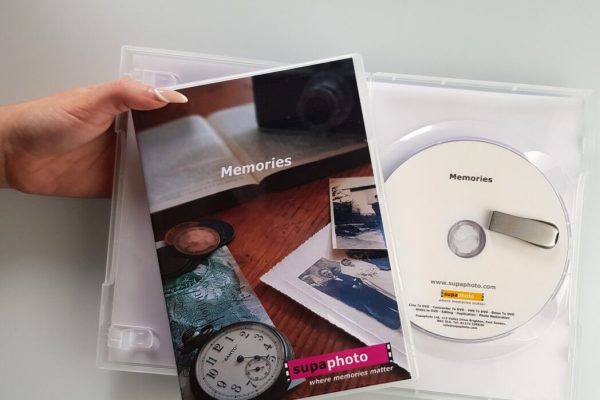
Output & Viewing
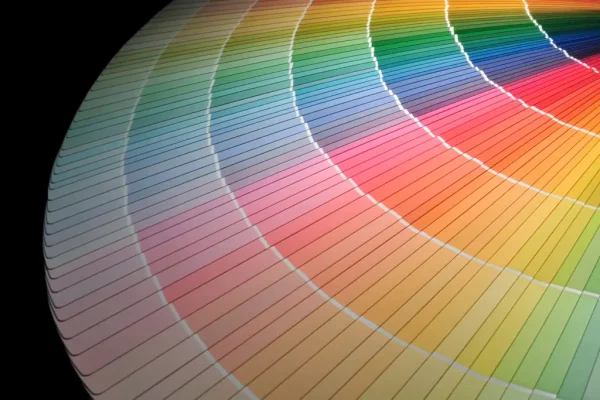
Colour Corrections
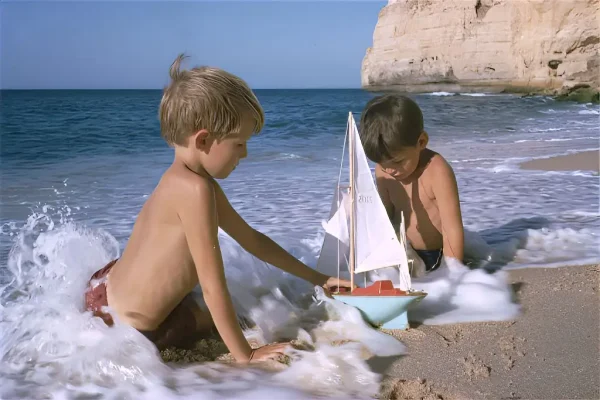
AI Photo Enhancement
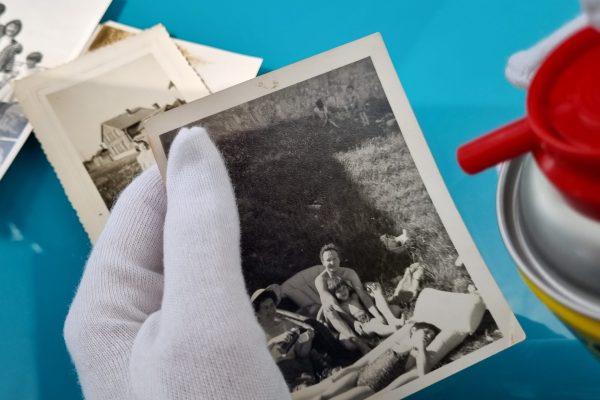
Free Services
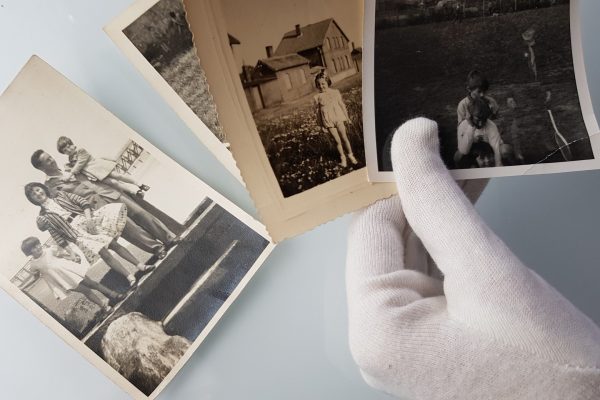
Security of Handling
Kodak Camera Disc Film? - Give us a Call!
We take technical quality seriously at Supaphoto. We uniquely possess our own designed for us / made for us purpose made deep scanner which already delivers fabulous results as you can see from the 35mm slide example below. Now with our REVIVAL AI process and treatment, the quality is even better! We can now optionally use the latest AI to further enhance and restore your images. The technology can sharpen film while recovering accurate detail, remove excess harsh noise while recovering true authentic detail in your film, soften the look of dust and scratches and much more besides – all the time being faithful to your original image.
For more information about our photo conversion services, watch our photo service and examples video.
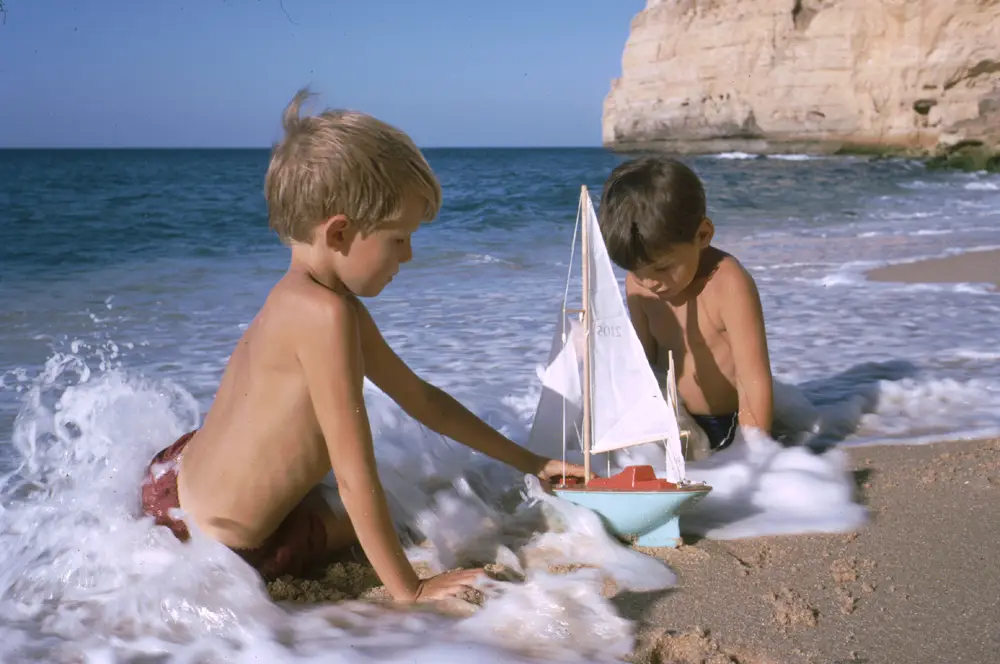
Before
Pre Treatment
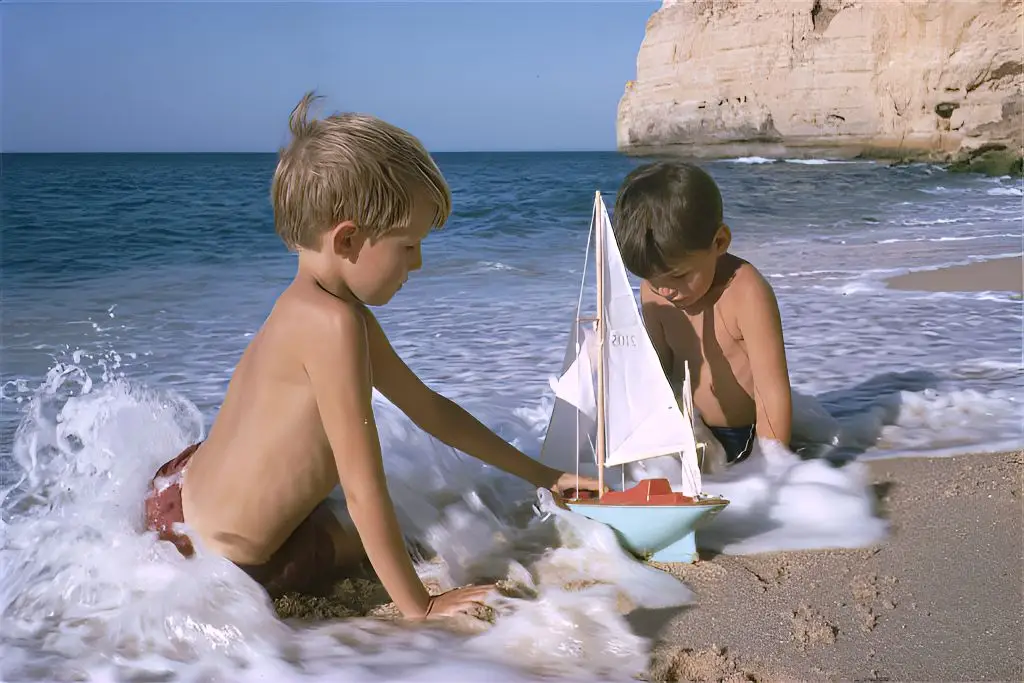
After
Post Treatment
What's Included?
You’ll receive everything needed to safeguard your memories.
Yes, where collection is applicable, we’ll organise for an easy to understand pre-paid address label to be sent to you. Could not be more simple. There’s also a section in there for you to add notes.
We know how precious your memories are. It can feel like a big decision. The Supaphoto Welcome Guide explains the process in step by step simple terms. It will also include useful contact details for peace of mind.
We loe what we do. Our dedcated team will digitise every item by hand. We’ve saved millions of memories over 20 years. And don’t worry, you’ll get regular updates along the way.
This is where the magic begins. We’ll return all of your original media. Once preserved, you can access your files via our easy cloud download service, on a memory stick or a lovely DVD. Finally, just relax and let those memories flood in!.
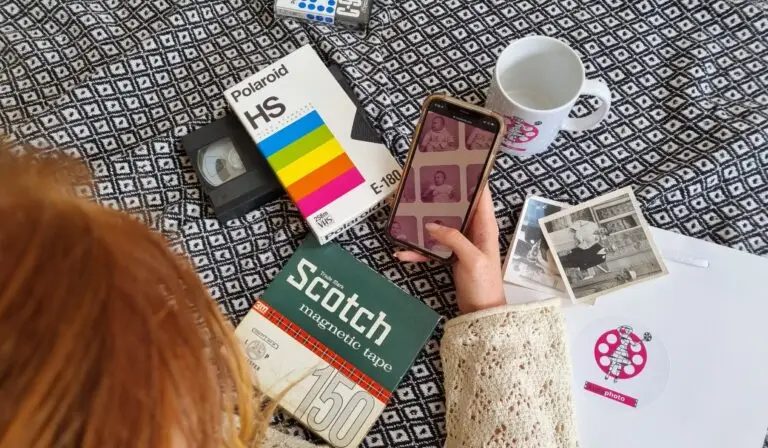
Sir Richard Attenborough – One of Supaphoto’s Proudest Moments
We were so proud to be chosen by the University of Sussex to preserve some of film director Sir Richard Attenborough’s photographs.
Over the years, we’ve also scanned thousands of photo from prestigious photo albums going back to the 1900’s for British politicians to thousands of everyday family photo collections for families throughout the UK.

Our Prices for Kodak Disc Film
At Supaphoto we take pleasure in growing our business slowly through referrals – see prices below and our Service FAQs further down.
Scanning Prices:
Prices start from £39.99
Prices also include Free Download from Supaphoto Cloud for easy viewing & sharing with family.
Key Service Features:
– Colour correction
– Free rotating and image orientation
– Organisation into logical folders to suit clients needs
– Free cropping
– Free ‘red eye’ corrections
What Do I Want Back? – Choose from one of the following options:
i) JEPG or TIF Digital files sent as a Free Download from Supaphoto Cloud for easy viewing & sharing with family
ii) JPEG or TIF Digital files on a Master USB Stick
iii) Conversion to a CD in a nice presentation case
Optional Extras:
– Back-up Version on Master USB Memory Stick: £19.99
– Back-up Version of CD in Presentation Case: £19.99
– Extra copy of CD in Presentation Case: £9.99
Free Doorstep Collection & Return Delivery
We’re easy to deal with at Supaphoto. Contact Us Now to receive your free welcome pack and address label. We’ll then liaise with you to get your package collected free of charge. Our prices also includes free return delivery.
Want to Order? – How Can I contact You?
Simple! Just Call us on freephone 0800 690 6160 or drop us a line.
All Prices are Inclusive of VAT
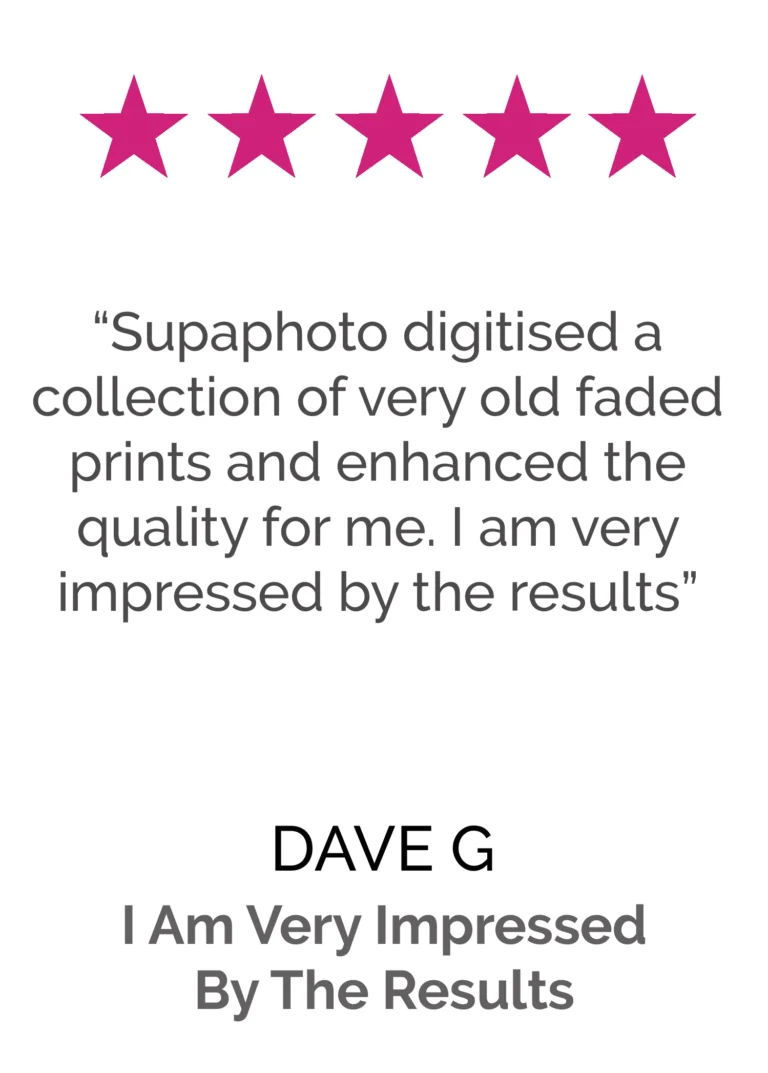
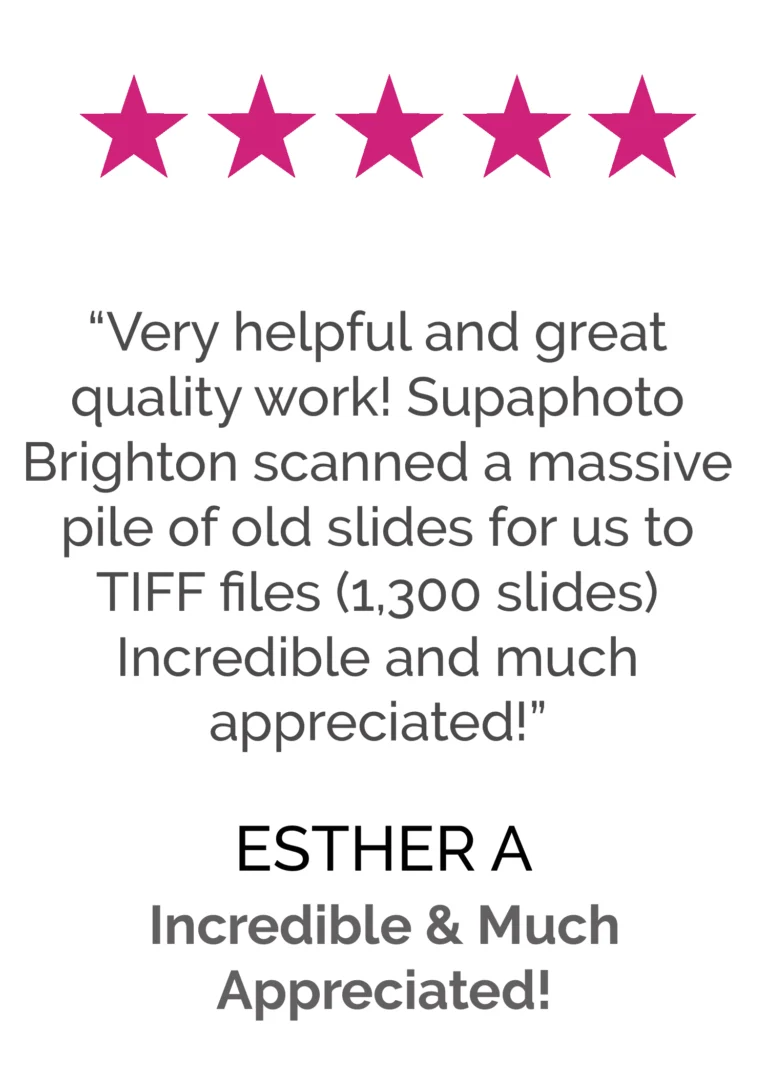
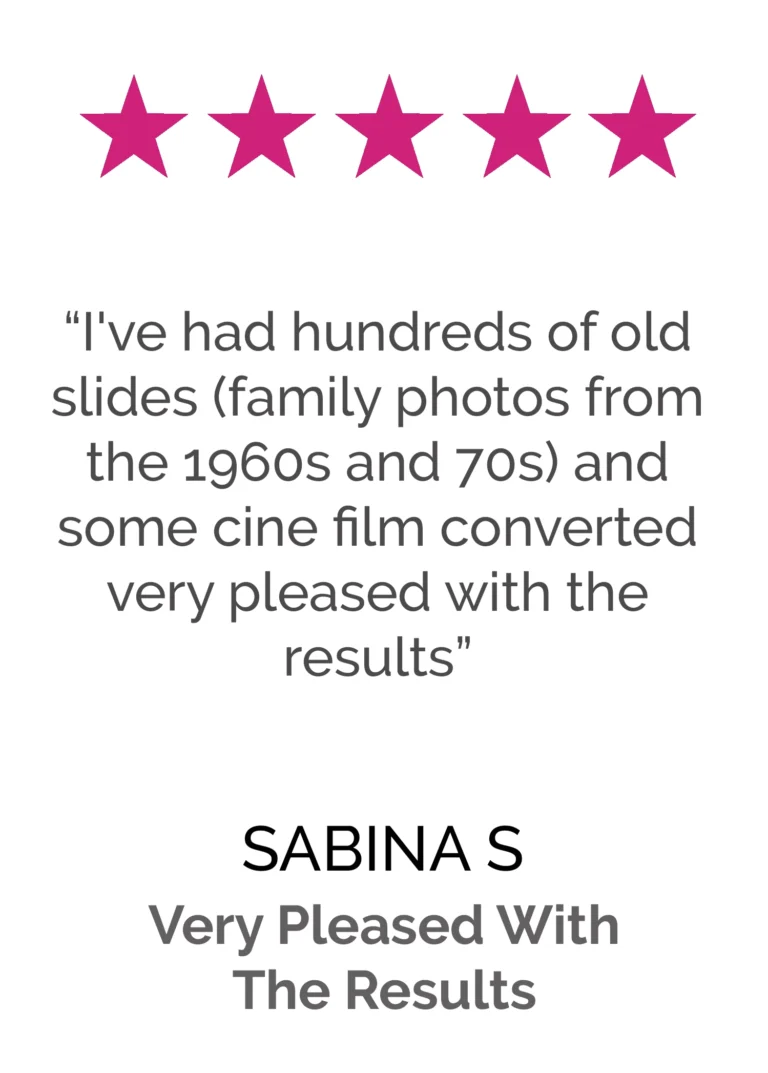


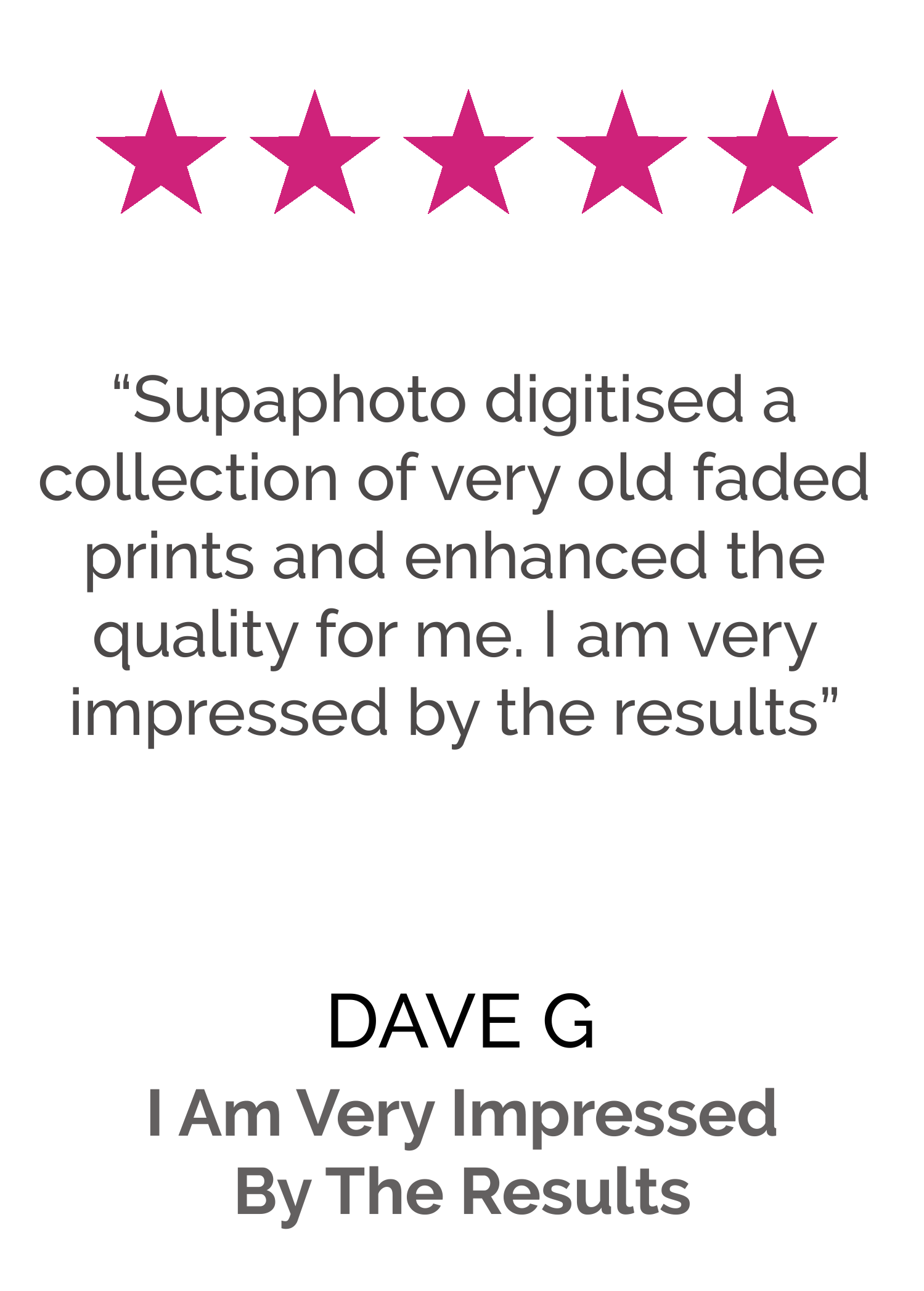
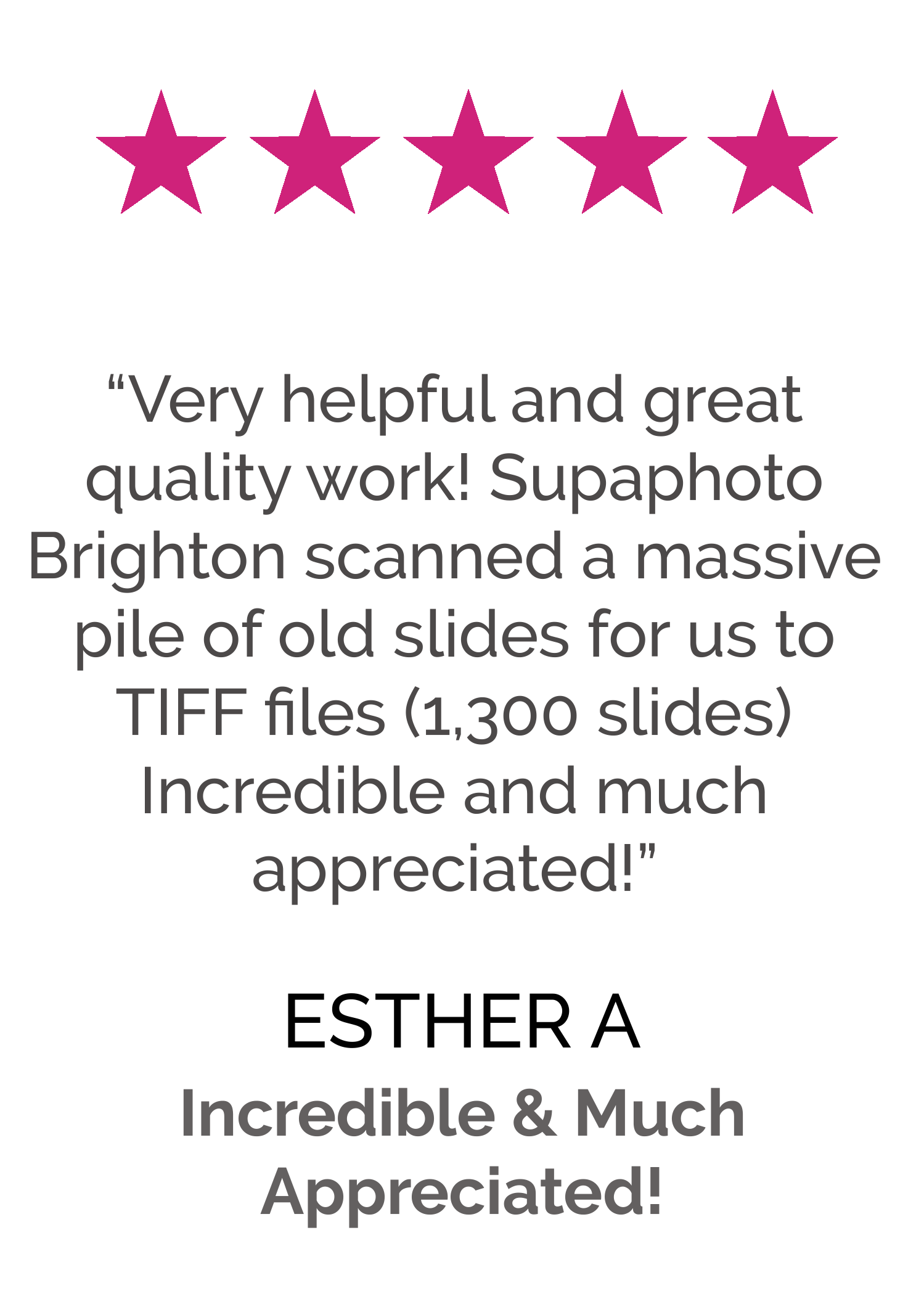
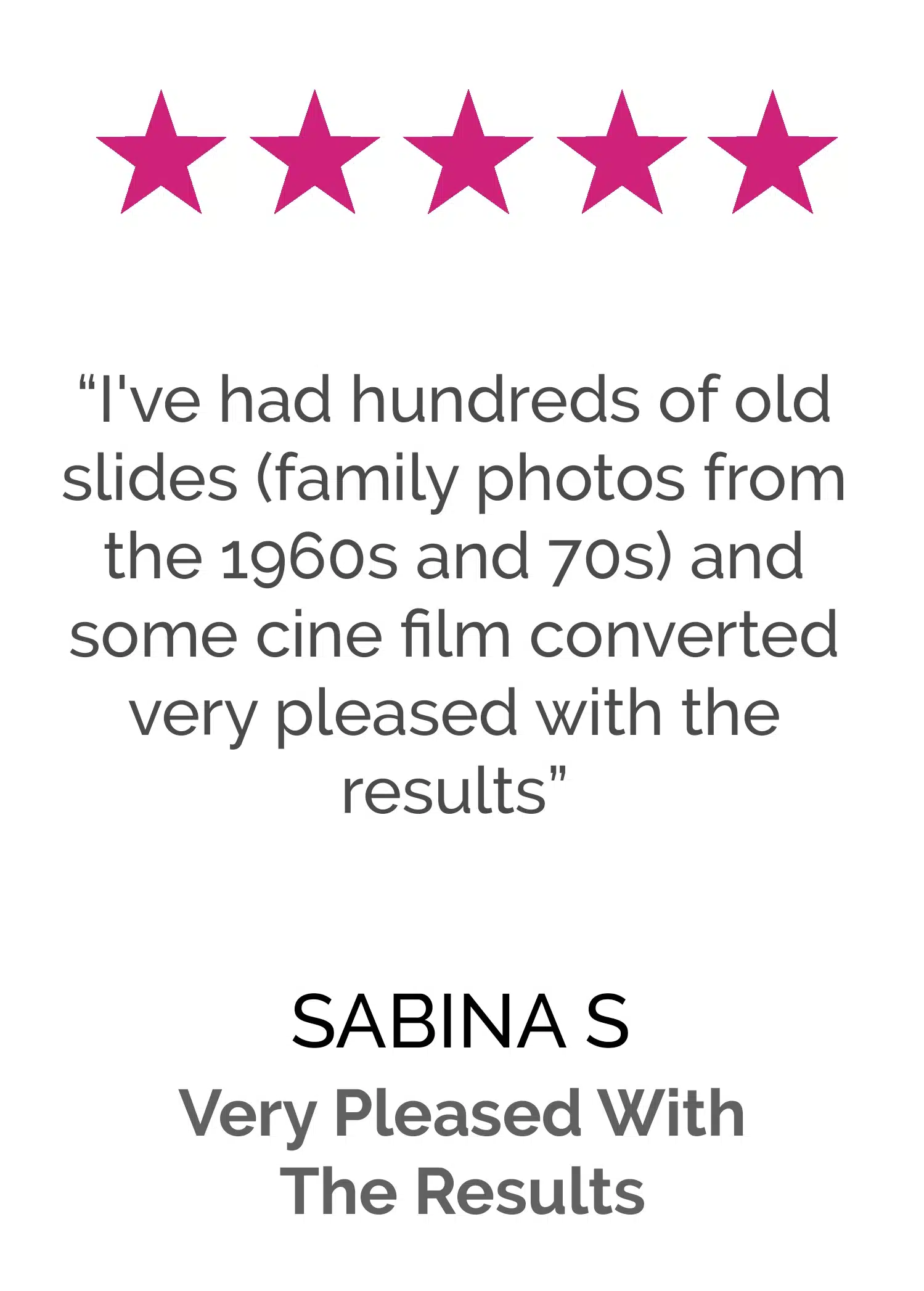


FAQs
We’ve made life easy for you by compiling the the most commonly asked questions that we’ve been asked over the years in one place!
How can I view my photos?
Could not be easier! Either watch on PC, Laptop, MAC or Phone and as a slideshow or as images in folders. Or plug and play with USB on your TV.
No upfront payment? – when do I pay?
We never charge upfront unlike other companies. Why? Because there’s always a small chance that you may have images not worth scanning.
Is it easy to share with my family?
It’s so easy. Just forward the link we send you or share your USB memory stick.
Which media output is best?
Digital images are easy to view and share on PCs, laptops, ipads and phones. A USB can simply be plugged into a TV nowadays!. Perhaps have with your own DIY family archiving project? Or opt for a back-up set on a USB or CD for safety.
How long does it take?
Typically 5-10 working days or less.
Do you send the originals back?
Yes indeed – It’s important that you always keep your originals somewhere safe.
Does the price include Free Collection and return?
Yes indeed and fully tracked all the way.
What’s your quality like?
We always work with high quality resolution scans for your peace of mind.
Do you clean them beforehand?
One by one, every image is automatically air dusted prior to image capture.
Why should I do it?
All photos slowly fade over time. The sooner you do it – the better.
Do you offer an advanced service?
Yes. We offer a museum quality service for more discerning customers and organisations. It delivers quality – higher resolution images with extra treatment such as tint corrections to further enhance them to our ‘Museum Standard’
I don’t want to pay if images are so dark that they are not worth scanning..!
Don’t worry. We will NOT scan any images that are so dark that they would not result in a good discernible image.
I have notes on the back of images. Can I have a scan of that side too?
Yes we can economically scan the reverse of prints too if done at same time.
Can I view and save them on a Free Online Gallery?
Yes indeed and you can share them with your family thereafter.
Where can I read reviews about your service?
We always treat tapes as if they were our own. Read our reviews for yourself
Do I have to count them?
No need! We’ll tell you the exact number at the end.
Can you organise them?
Each batch will typically be placed in logical folders. For your peace of mind, we normally precede file numbers with the initials of our clients.
What’s your security like?
Rest assured that we take security of handling very seriously and have an insurance policy to match.
I have a lot of images – Can I get a bulk discount?
Contact us to see how we can help. See also our buy now, pay later option.
I still have questions!
Call us for some friendly help on freephone 0800 690 6160 or drop us a line.
Converted, Preserved and Ready to Enjoy
Choose what you’ll get back. Sit back and soak it in!
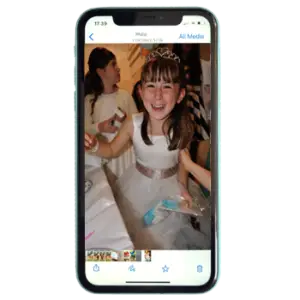
Digital Download
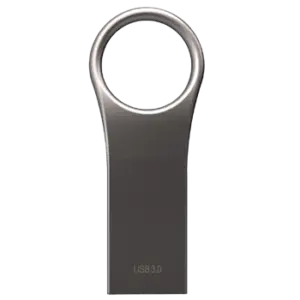
USB Memory Stick
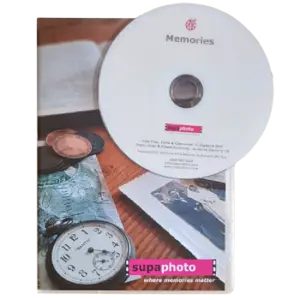
DVD in Case
Converted, Preserved and Ready to Enjoy
Choose what you’ll get back. Sit back and soak it in!
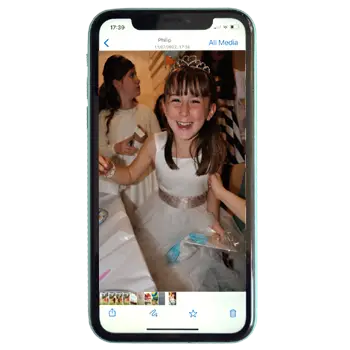
Digital Download
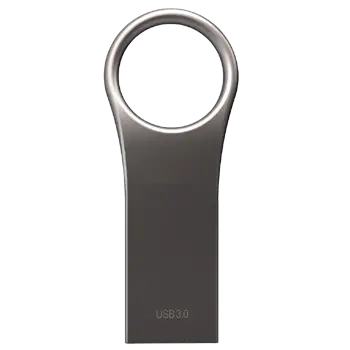
USB Memory Stick
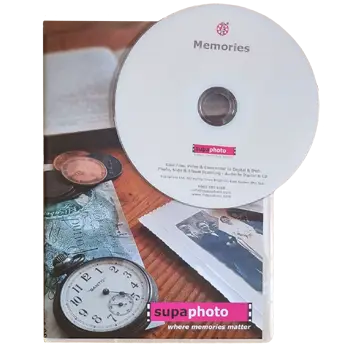
DVD In Case
Bulk Discounts
Got a large order? We’ll do our best to help you. Just give us a call and we’ll see what we can do.
A Professional Kodak Disc Film Scanning Service
Experience top-notch negative and slide scanning for your Kodak Disc film with our High-Quality Kodak Disc film scanning service and Slide Scanning service. During the process, we employ a soft anti-static brush and, if necessary, compressed air to delicately clean your disc camera film negatives and slides. Our team handles your film with care, wearing cotton gloves to prevent damage or fingerprints.
Looking After Your Disc Camera Film
To maintain the integrity of your disc camera film negatives, we advise against cutting them into individual images, as this may lead to damage and complicate dust or mark removal before scanning. Our developing kodak disc film service also includes basic colour correction to restore your photos to their original vibrancy. It’s important to note that colour correction may not be feasible for under or overexposed negatives. Given that the Kodak Disc camera film format captures images of just 8 x 11 mm, it’s crucial to set realistic expectations regarding the scan quality for your Disc negatives.
Where can I Get Kodak Disk Film Scanned?
At Supaphoto we offer scanning kodak disc film services. We offer two main file formats: Tiff and Jpeg. Tiff files preserve all scan data without compression, ensuring high-quality but larger file sizes. On the other hand, Jpeg files, being more widely compatible, use compression, resulting in slightly lower quality. Our Kodak Disc film scanning service is carried out with careful precision.
Disc Camera Film to Digital – Alternative Formats
For those seeking alternative disc camera film developing formats, we work with advanced edit software in conjunction with our scanners and can accommodate various photo formats. If you have specific requirements, feel free to reach out to discuss them. Your digital files can be provided on a CD, DVD, or, if preferred, on a USB drive supplied by you. There are many ways we can help you with disk film developing.
What is kodak Disc Film?
Kodak Disk camera film was a type of photographic film format introduced by Eastman Kodak in 1982. It was designed to be user-friendly and convenient, especially for amateur photographers who wanted a simple and easy-to-use system. The film was housed in a flat, disc-shaped cartridge, and each cartridge contained 15 exposures.
Difference Between Disk Camera Film & 35mm Film
The disk film format was distinct from traditional 35mm film in that it used a rotating disc with film frames arranged in a circular pattern. The small, individual frames on the disc were 8 x 10.5 mm in size, much smaller than the frames on 35mm film. The disc format aimed to simplify the process of loading and unloading film, as well as eliminating the need to manually advance the film.
Disk Camera Film Photos – How it was Marketed
While the disk camera film system was marketed as a convenient and user-friendly option, it faced challenges such as lower image quality compared to 35mm film and limited options for processing and printing disc film photos. Due to these limitations and the advancement of other floppy disk film formats, the Kodak Disc format gradually declined in popularity and was discontinued by Kodak in the late 1990s. Today, it is considered a part of photographic history, and finding facilities that can process, scan or carry out Kodak Disc film developing may be challenging.
I Am Looking for Kodak Disc Film Developing Near Me
Kodak produced a series of disc films for their disc cameras. These films were known by different names, often indicating variations in film speed or specific features.
These films were designed for use with Kodak disc cameras – for example kodak disc 4000, which were a type of consumer film camera popular in the 1980s. The disc format was unique in its circular film cartridge design. However, the disc film format became obsolete over time as other film formats and digital photography gained popularity.
Some of the model names of Kodak disc films include:
– Kodacolor VR Disc Film
– Kodacolor HR Disc Film
– Kodacolor Gold Disc Film
– Kodak Ektachrome Disc Film
– Kodak Royal Gold Disc Film
Service, Examples & Customers
Rest assured that we take the issue of quality very seriously.
Why not view our service video and see samples?
We’ve invested heavily in our photo digitalisation equipment and have been in this business for over twenty years.
We were chosen to undertake cine film conversion work for the TV Production Company behind the BBC’s Repair Shop!
Other projects include digitalising Sir Richard Attenborough’s personal collection of images, converting early footage of Virgin Airways promotional films and digitalisation work relating to Windsor Castle, The Mary Rose and the late Queen Elizabeth II.
Buy Now - Pay Later Option
Buy now and split your total into 3 easy payments to spread the cost – automatically charged over three months.
Rest assured that there are no hidden fees. Just call us on 0800 690 6160 for more details. Minimum order value applies of £500. Offer subject to terms and conditions.
If you’re still unsure which photo album scanning service is best for you, read our buying guide for these services.

Don’t Let Your Memories Fade Away - Buy Now, Pay Later Option
Buy now and split your total into 3 easy payments, automatically charged over three months.
No interest and no hidden fees. Just call us on 0800 690 6160 for more details. Minimum order value applies. Offer subject to terms and conditions.
Common Questions
Yes we collect throughout the whole of the UK!
Alternatively, you may visit us too so that we can go through the variables together. Just call or email us in advance to make an appointment at a suitable time please.
We would generally advise using a tracked service to get your photos, film or audio tapes to us –
i.e Royal Mail Special Delivery or Parcel Force 24/48
Yes of course! All of your original media will be returned to you with your digitised versions.
Yes indeed! It will depend on the total size of your order. Where we save time by doing things in bulk, we like to pass the benefit on.



